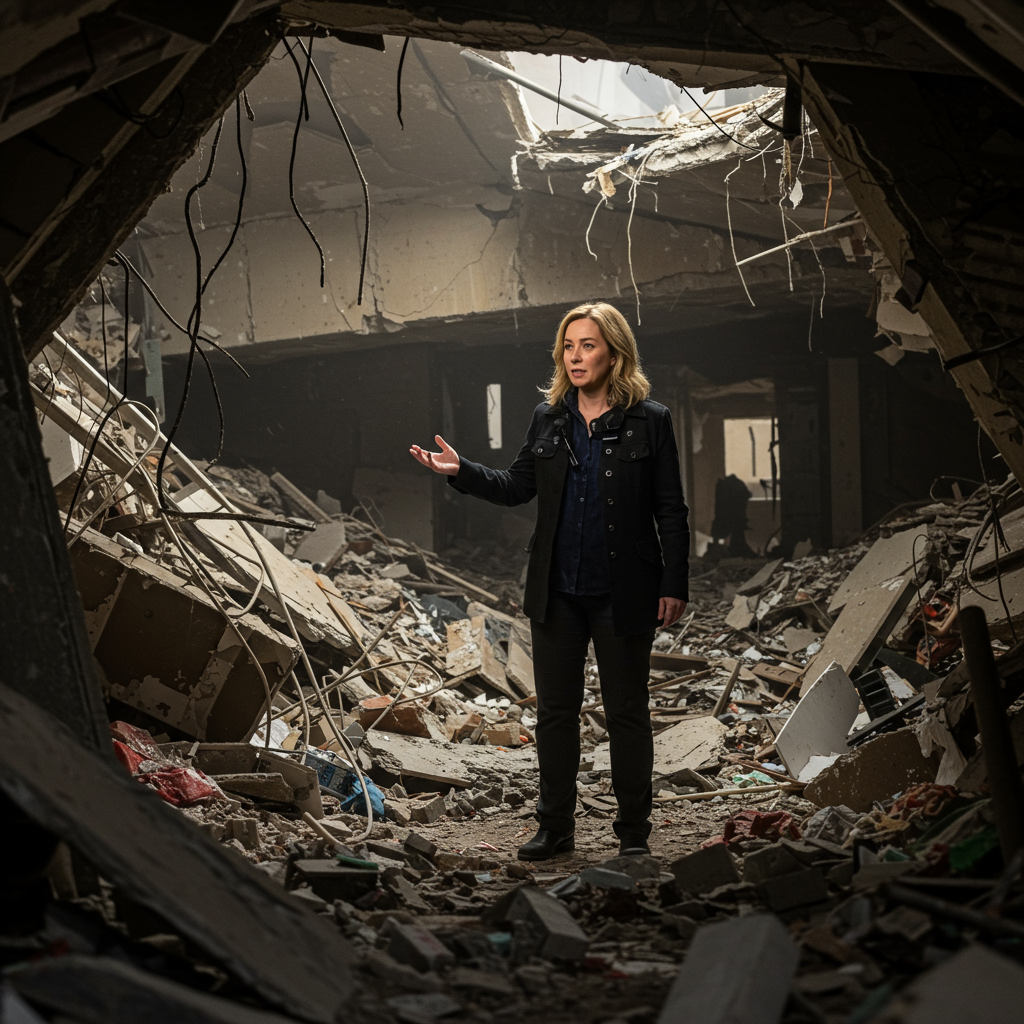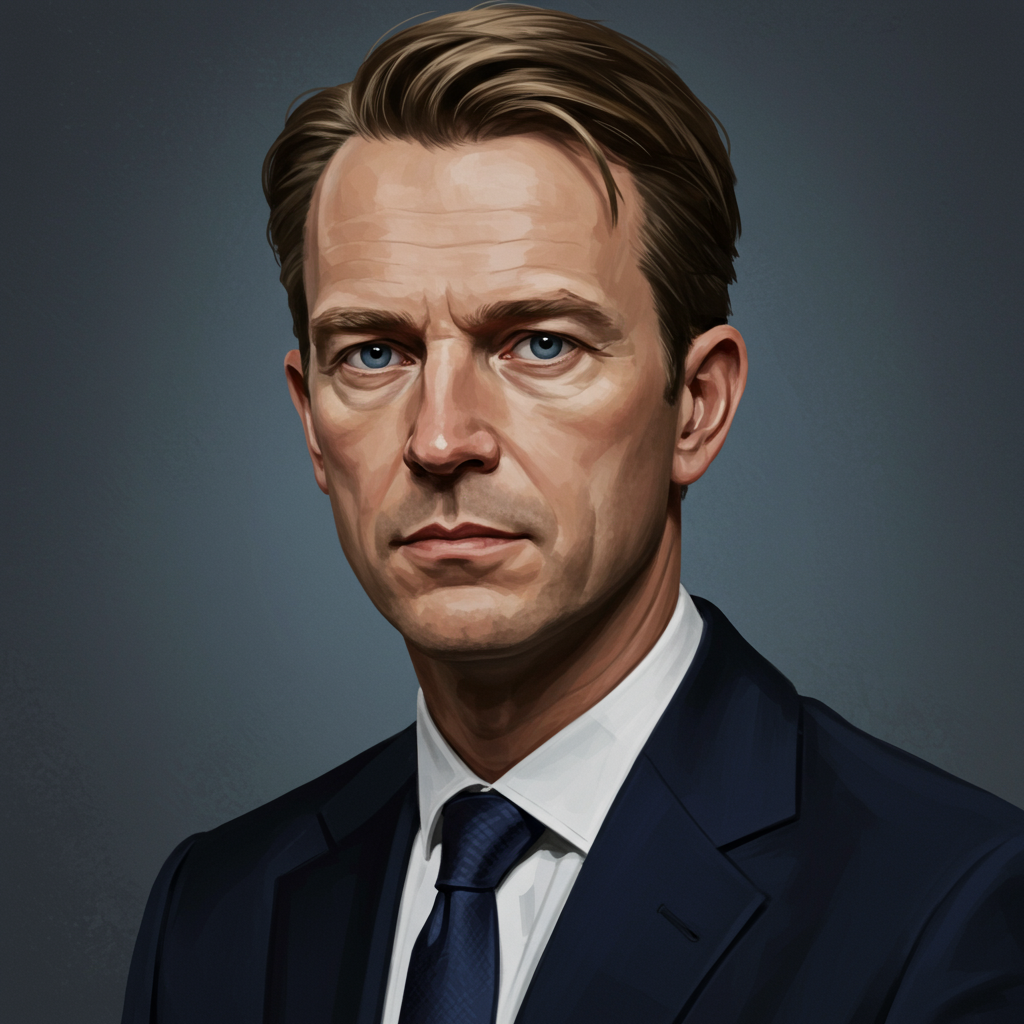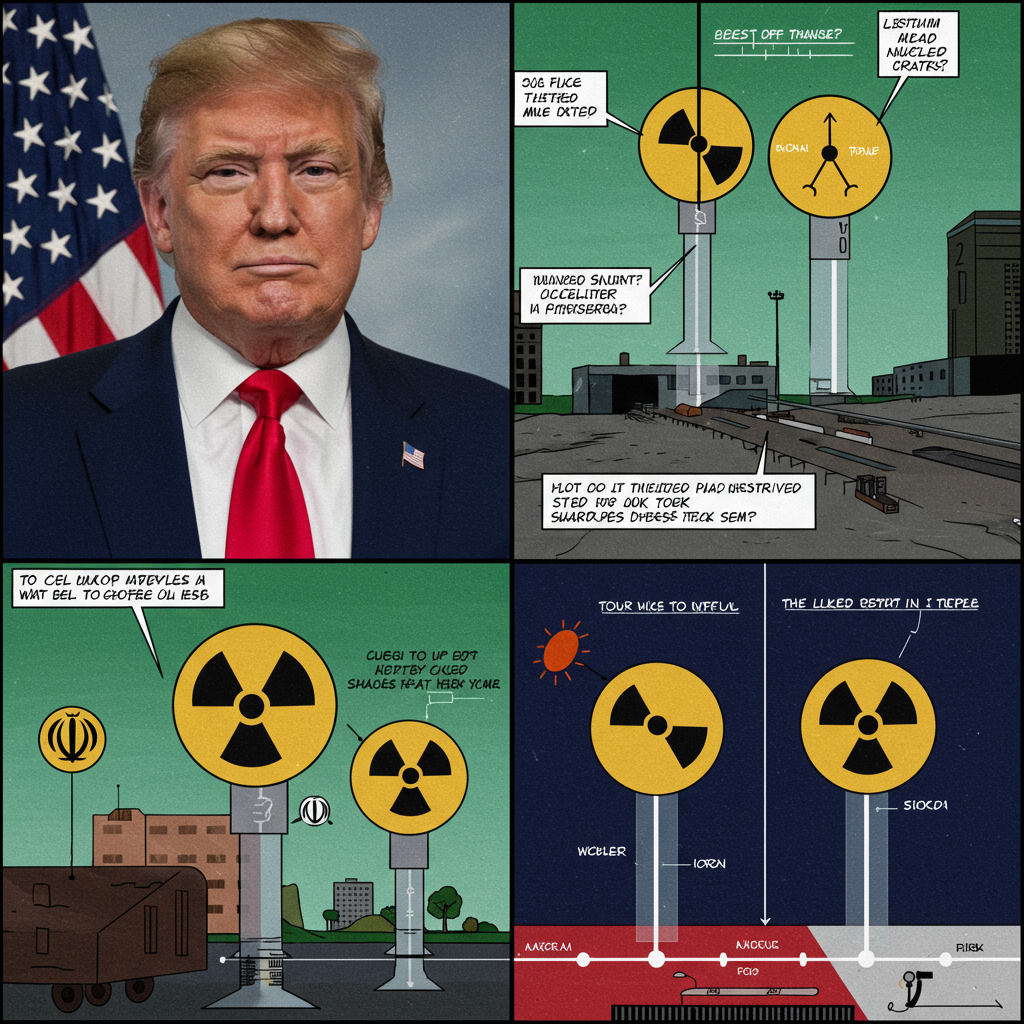Veteran BBC Chief International Correspondent Lyse Doucet provides a firsthand account from the heart of Tehran, navigating the rubble of an Iranian state television building. The structure, a significant piece of national infrastructure, bore the direct impact of a recent Israeli missile strike, a moment dramatically underscored by reports of a newsreader forced to flee live on air as the attack occurred.
Doucet’s presence in Iran is notable not only for the challenging environment but also due to specific conditions imposed by Iranian authorities: none of her reports are permitted for use on the BBC’s Persian language service. This restriction, applicable to all international media operating within Iran, highlights the tightly controlled information landscape in the country, particularly amidst heightened tensions.
Reporting from a Region on Edge
Lyse Doucet is renowned for her decades of impactful journalism covering armed conflicts and human rights across the globe, particularly in the Middle East and Afghanistan. Her willingness to report from dangerous locations, often described as rushing into places others are rushing out of, underscores her commitment to bringing crucial stories to light. This dedication recently earned her the prestigious Zenger Award for Press Freedom from the University of Arizona, recognizing her significant contributions to the public’s right to information despite immense challenges.
Her reporting from Tehran comes at a critical juncture. The region has been gripped by intense US and Israeli military actions targeting Iranian infrastructure and strategic assets. While the full extent of the damage remains a point of contention – with conflicting assessments ranging from significant setbacks to only limited impact on Iran’s nuclear program – the strikes represent a dangerous escalation that has caused global alarm.
The attack on a state media building, while not explicitly detailed in broader summaries of strike targets which often focus on military and nuclear facilities, symbolizes the pervasive reach of the conflict into civilian and institutional life. It occurs within a context where information control is paramount, mirroring broader challenges such as internet restrictions in Iran.
The Broader Context of Conflict
The current situation is far more critical than previous flare-ups, marked by direct US military involvement in strikes against Iran and ongoing exchanges between Iranian and Israeli forces. While a shaky ceasefire has been attempted, the underlying tensions, fueled by concerns over Iran’s nuclear activities and regional influence, persist. Diplomatic efforts, such as recent talks in Geneva, have struggled to find a breakthrough, with deep disagreements remaining on the path to de-escalation and potential negotiations.
For journalists like Lyse Doucet, covering this environment means navigating not only the physical risks of being in a strike zone but also the complexities of access, official restrictions, and the challenge of reporting the reality on the ground amidst competing narratives and information controls. Her work continues to provide vital eyewitness accounts from regions facing profound geopolitical crises and human cost, reinforcing her reputation as a leading voice in international reporting.




